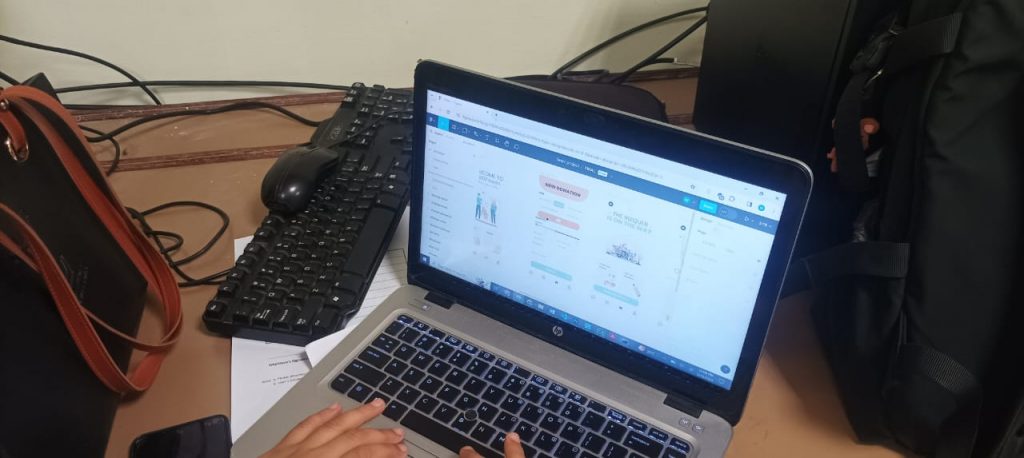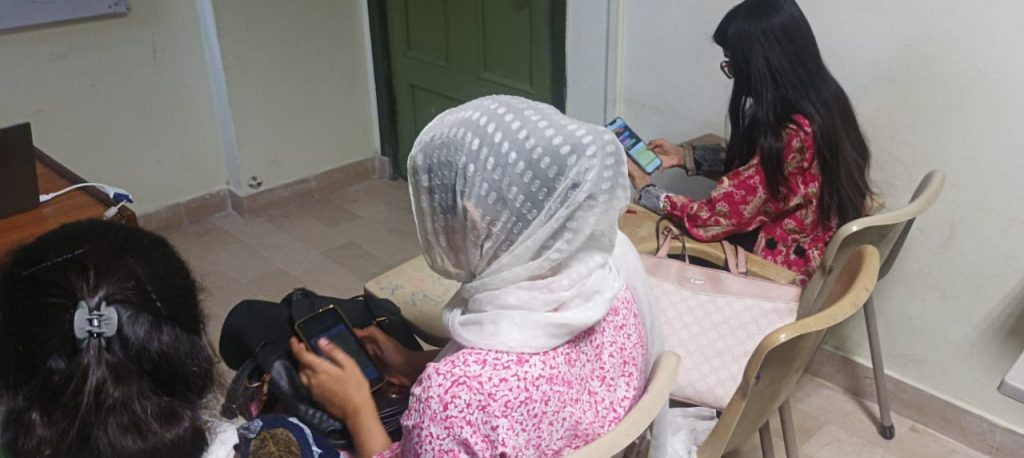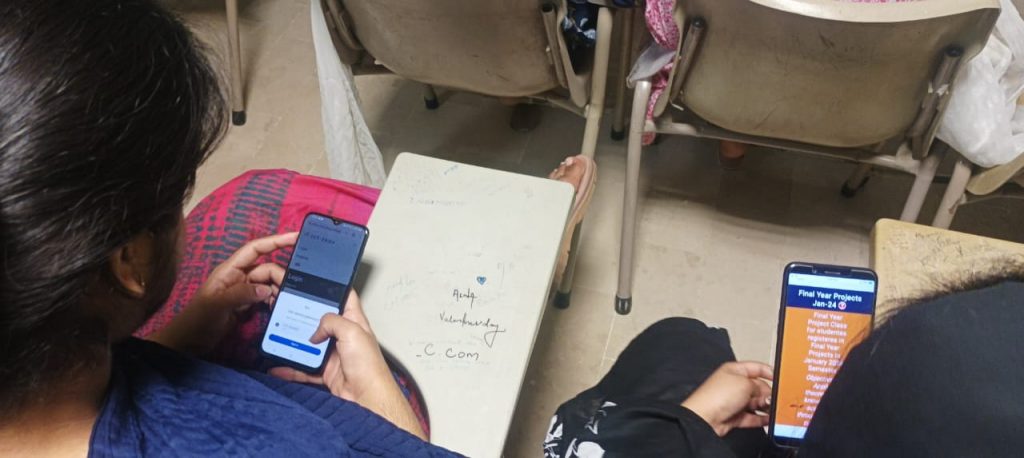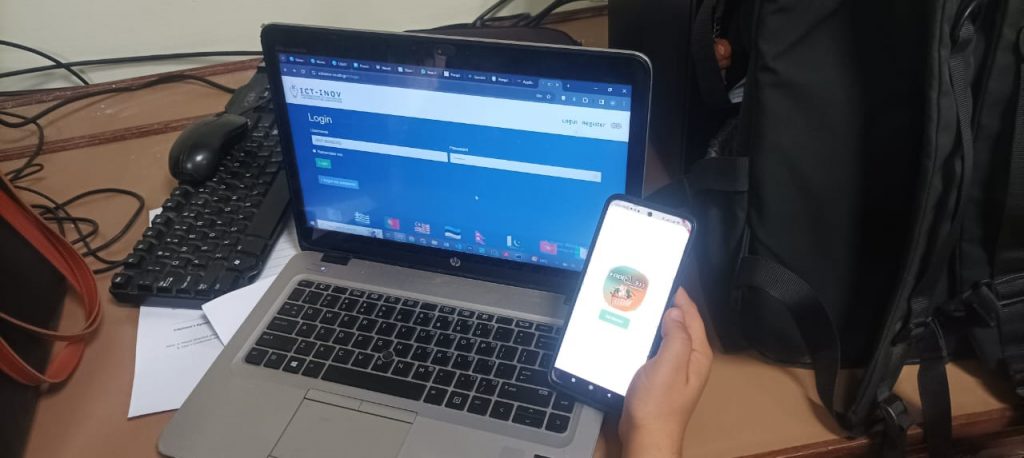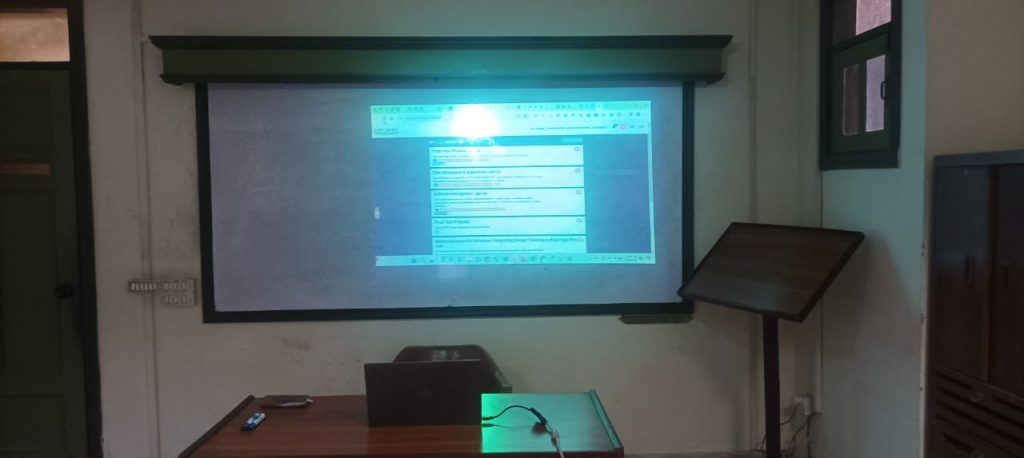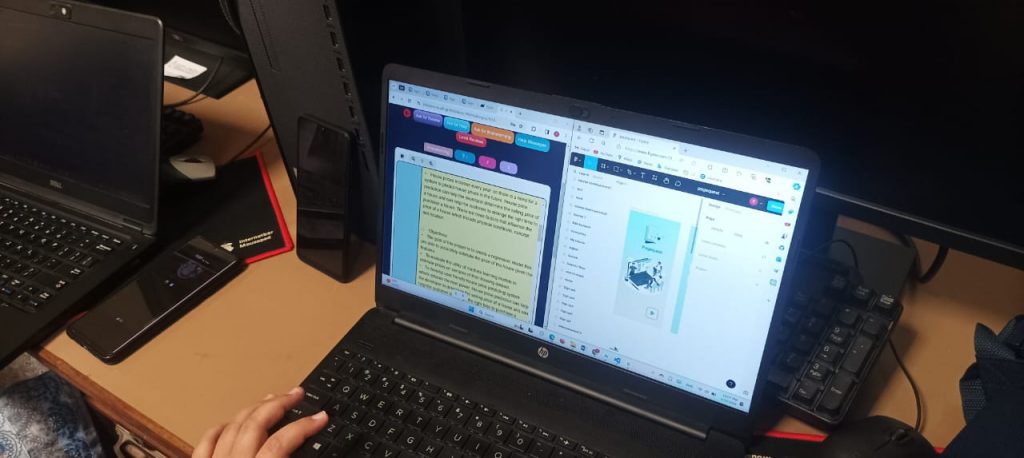
Description of the course
This course is about applying theoretical knowledge acquired by students throughout their studies to a real-world project and to enhance technical skills by working on a project that involves programming, software development, or other technical aspects. Students conduct research to explore existing solutions, analyze relevant literature, and understand the state-of-the-art in the chosen problem domain. The project fosters teamwork and collaboration. Students are encouraged to with peers, mentors, or industry partners. Students develop skills in documenting the project work, writing a comprehensive project report, and effectively communicating project outcomes. They are required to develop a functional prototype or system that addresses the identified problem. Students are expected to deliver a well-documented codebase, accompanied by user and technical documentation. They present the results of rigorous testing and evaluation, demonstrating the effectiveness and efficiency of the solution.
Description of the participants
This is a compulsory course for Computer Science, Software Engineering, and Information Technology students. Course is offered in the final year of studies in the Department of Computer Science, ISRA University, Hyderabad Pakistan. In the spring 2024 semester the course was attended by 24 students.
Description of gamified design thinking activities
Students were challenged in different phases of the design thinking process, including empathy, ideation, prototyping, and testing. They were asked to refine their ideas, define the ideas, convert their thought process into paper prototypes, code the solutions, and evaluate their solution. These activities were carried out in groups. Throughout the process, students used the ICT-INOV digital learning platform for collaboration.
Step 1. Empathy and problem discovery.
Students were asked to identify a broad area of interest within their field of study. They conducted thorough research through literature reviews, industry reports, and expert consultations to understand existing solutions and potential gaps.
Next, students worked on user needs research. They were encouraged to not only focus on technical aspects. Rather, to conduct user research through surveys, interviews, and observations to gain insights into the target audience’s needs, challenges, and pain points.
Using the results of their research, students next clearly defined the specific problem that their project aimed to address. They were encouraged to try to answer questions of the type “what, why, and how@ in the context of the identified problem, for example: What is the problem? Why is the problem happening? How are they going to solve the problem?
Step 2. Ideation.
Students were asked to define their solution and answer “what, why, and how” questions again in the context of solution development, for example: What is the solution? How is the solution going to work? Why is this solution selected? The overall context of the ideation phase was to clearly define the solution and its architectural components.
Step 3. Paper Prototyping.
Students were required to draw and explain the key components of their solution, the components interactions, and the interface of their applications. They defined the overall flow of the application through suitable tools.
Step 4. Data preparation, training, testing, and evaluation.
Students implemented their solution through software code, using the principles and ideas they identified in the ideation and prototyping stages. They used appropriate software libraries and frameworks.
Step 5. Pitching.
Students pitched their solutions as potential startup ideas.
